If you live with chronic pain, you may already know that your body carries more than just physical discomfort—it also carries survival strategies shaped by trauma. One of the most misunderstood of these is the freeze trauma response, often described as a nervous system shutdown. Unlike fight or flight, freeze mode isn’t about moving toward or away from danger—it’s about immobilization, numbing, and dissociation. For many, this can show up as exhaustion, brain fog, or a sense of being trapped in the body.
The Freeze Trauma Response and Chronic Pain
When the nervous system detects overwhelming threat, it may shift into a freeze state. This response evolved to protect us—think of an animal playing dead when escape is impossible. In humans, however, this survival pattern can become chronic, leaving us stuck in cycles of trauma and dissociation.
Chronic pain often overlaps with this state. Muscles stay tense, circulation slows, and the body’s stress signals keep firing even when no danger is present. Over time, this can amplify inflammation, lower pain thresholds, and perpetuate the very symptoms that keep you feeling “frozen.”
Signs of Nervous System Shutdown
The nervous system shutdown looks different for everyone, but common signs include:
- Numbness or emotional blunting
- Feeling disconnected from your body
- Fatigue that doesn’t improve with rest
- Difficulty speaking or moving in moments of stress
- Chronic pain flare-ups that seem unrelated to injury
Recognizing these patterns is the first step toward healing freeze mode. Instead of pushing yourself harder, the healing journey asks for gentleness, awareness, and practices that restore safety to the body.
Healing Freeze Mode with Somatic Recovery
Healing isn’t about forcing the freeze state to “go away.” It’s about offering the nervous system new experiences of safety and regulation. At Quantum Clinic, we use an integrative approach—float therapy, coherence practices, and expressive arts integration—to support somatic recovery:
- Floatation REST: In the stillness of a float tank, the body learns what it feels like to rest without pressure. The absence of gravity reduces pain, while the quiet allows the nervous system to reset. Many people describe this as a doorway out of shutdown and back into presence.
- Coherence Training: Through biofeedback-guided breathing, you can gently shift heart rate variability, blood pressure, and respiration into harmony. This helps rewire the body’s survival reflexes and cultivates resilience, making it easier to move out of freeze and into flow.
- Expressive Arts Integration: Trauma often silences the voice. Creative practices—whether through movement, drawing, or sound—provide safe ways to express what was once frozen. This process of symbolic release supports emotional integration and reawakens vitality.
Trauma, Dissociation, and Coming Home to the Body
When you live with both trauma and dissociation, it’s easy to feel like your body is the enemy. But what if your body has only ever been trying to protect you? The freeze trauma response, while painful, is evidence of your nervous system’s brilliance. By creating space for safety, slowing down, and re-patterning your physiology, you can begin to soften chronic pain and reconnect with life.
At Quantum Clinic, we don’t see you as broken—we see you as whole. Healing freeze mode isn’t about fixing what went wrong; it’s about remembering your innate capacity to regulate, to feel, and to rest.

